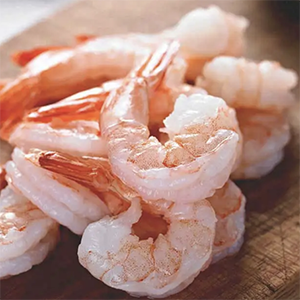Effect of different cooking treatments on the residual level of sulphites in shrimps

Accepted: 24 February 2022
HTML: 9
All claims expressed in this article are solely those of the authors and do not necessarily represent those of their affiliated organizations, or those of the publisher, the editors and the reviewers. Any product that may be evaluated in this article or claim that may be made by its manufacturer is not guaranteed or endorsed by the publisher.
Authors
Sulphiting agents (or sulphites) are a class of food additives identified in Europe by codes E220-E228. Their addition in crustaceans is permitted with specific legal limits for avoiding the so-called “blackspot” that is a defect that compromises the marketability of these products. High levels of ingested sulphites may cause pseudoallergenic reactions in susceptible people. Moreover, they can exercise mutagenic and citotoxic effects other that destroy some vitamins such as thiamine, folic acid, nicotinamide and pyridoxal. The residual level of sulphites in crustaceans can be considerably affected by the specific method of cooking. In this study, 5 traditional procedures of cooking – grilling, oven, frying, steaming and stewed cooking – were compared to verify their effect on the residual concentration of sulphites in shrimp samples. The analytical determination was carried out using a fully validated and accredited analytical method by ion chromatography with conductivity detection. The results demonstrated that cooking leads to the decrease of sulphites levels in the products, with the highest percentage of reduction (55.3%) obtained by steaming and the lowest using oven (13.9%). The results of this study confirm that the specific method of cooking should be taken into account during “total diet studies” and risk assessment for appraising the effective number of sulphites ingested from crustaceans consumption.
How to Cite
PAGEPress has chosen to apply the Creative Commons Attribution NonCommercial 4.0 International License (CC BY-NC 4.0) to all manuscripts to be published.

 https://doi.org/10.4081/ijfs.2022.10029
https://doi.org/10.4081/ijfs.2022.10029



